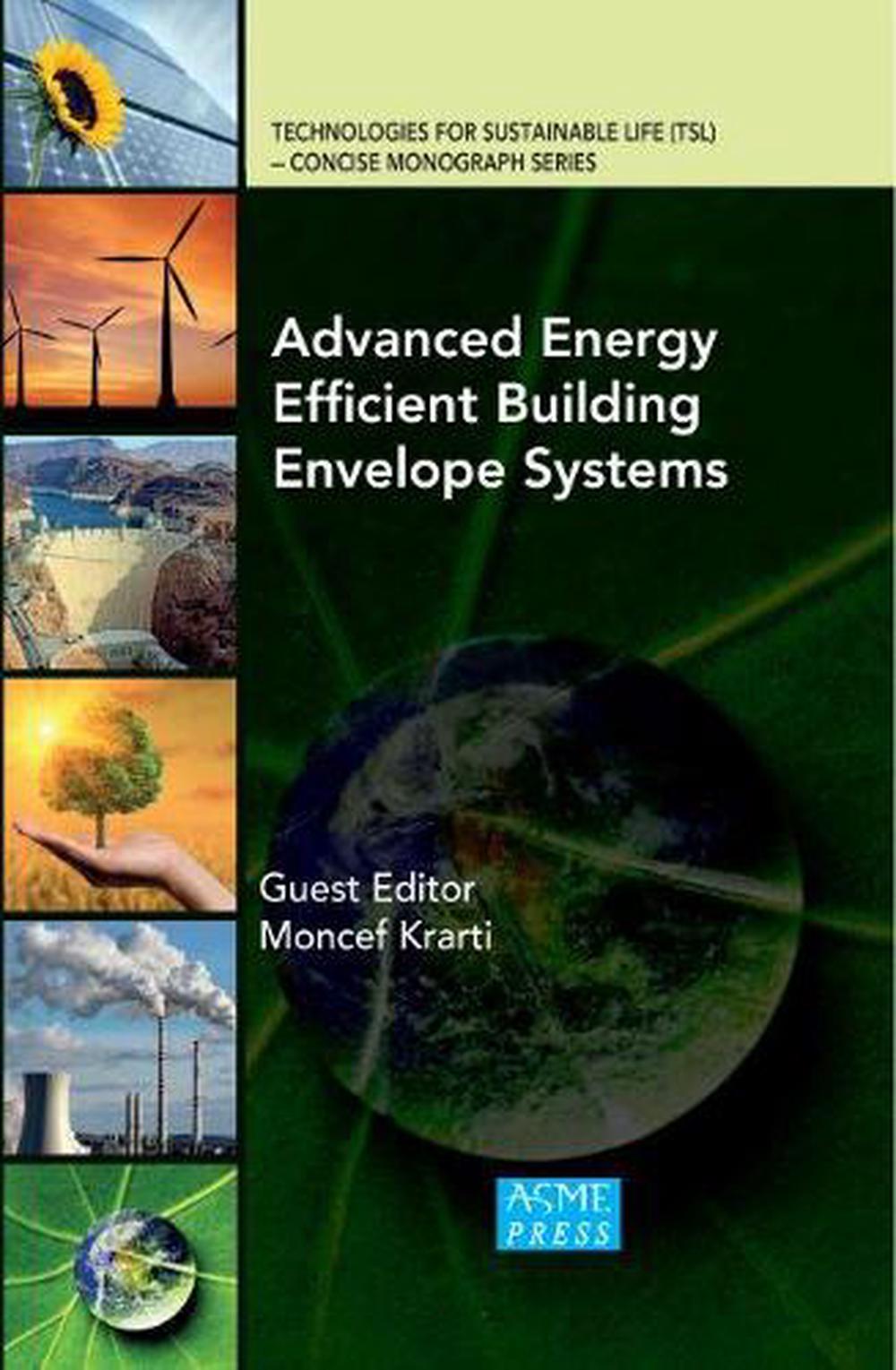
The tighter the seal on the building envelope, or shell, the more control people have over the indoor environment.Ī tightly sealed building allows for a higher level of comfort control, reduced moisture issues, and more energy efficiency.

Why create such a tight seal? Indoor environmental control. This is achieved by the aforementioned insulation, sealants, and energy-efficient windows. Loose Building Envelopesīuilding envelope systems are defined in one of two ways: tight or loose.Ī tight building envelope allows very few air leaks. Good insulation in the walls, high-efficiency windows, and sufficiently sealed gaps increase the effectiveness of the envelope. So, what exactly makes up a building envelope? A building envelope is everything that separates the internal building from the external environment, including the roof, doors, windows, floors, and walls. It’s important to note that older structures weren’t constructed with building envelopes in mind, which explains why these buildings aren’t as energy-efficient as newer ones. Keeping heated or cooled air inside (and their respective opposites out) means less energy used and less money spent on heating and cooling.īuilding envelope technologies account for approximately 30% of the primary energy consumed in residential and commercial buildings these technologies affect many factors related to a building’s energy consumption, including lighting, ventilation, and the energy required to heat and cool the building. Similarly, during the summer months, the envelope keeps the cooled air inside and the hot air outside.īecause of this barrier, the building envelope plays a key role in a structure’s energy efficiency. In the winter, the building envelope helps prevent the transfer of heat from inside to outdoors. It’s like a shell - a barrier against the world outside of the building. In particular, the monograph overviews the basic operation principles and thermal performance of four technologies described in three chapters: (i) dynamic insulation materials that can change its thermal properties in order to better adapt the building envelope with its outdoor environment and reduce building heating and cooling thermal loads, (ii) variable reflectance coatings for application on roofs to lower and even eliminate the energy penalties associated with reduced solar heat gains during heating operation of buildings, (iii) single layer breathing walls to recover wasted from heat transmission inside the walls and provide air ventilation to indoor spaces, and (iv) multi-layer living walls to adapt using biomimetric principles and phase-change materials to adapt with the changing outdoor conditions.A building envelope is a seal of protection for the people and things inside a structure. These systems have the ability to allow building structures responsive to changes in outdoor conditions to ensure comfortable indoor environment at higher energy efficiency compared to conventional systems. This monograph presents the latest research developments of innovative building envelope systems. As a series, TSL addresses a long-awaited niche in engineering publishing, providing in-depth discussions of environmental significance set within a technology, economic and policy context.


Each monograph is written by leading experts in their field and examines the relationship and contributions of engineering to the topic of study.
ENERGY EFFICIENCY BUILDING ENVELOPE SERIES
The series adopts a broad base examining fundamental principles and paradigms before a contextual exploration of ecosystems and resources, sustainable manufacturing, energy technology, environmental pollution and finally aspects of environmental governance. Technologies for Sustainable Life (TSL) – Concise Monograph SeriesĪSME’s Technologies for Sustainable Life (TSL) is a series of concise and timely monographs exploring the interface between engineering and the environmental sustainability agenda. EBook edition is available on The ASME Digital Collection.


 0 kommentar(er)
0 kommentar(er)
